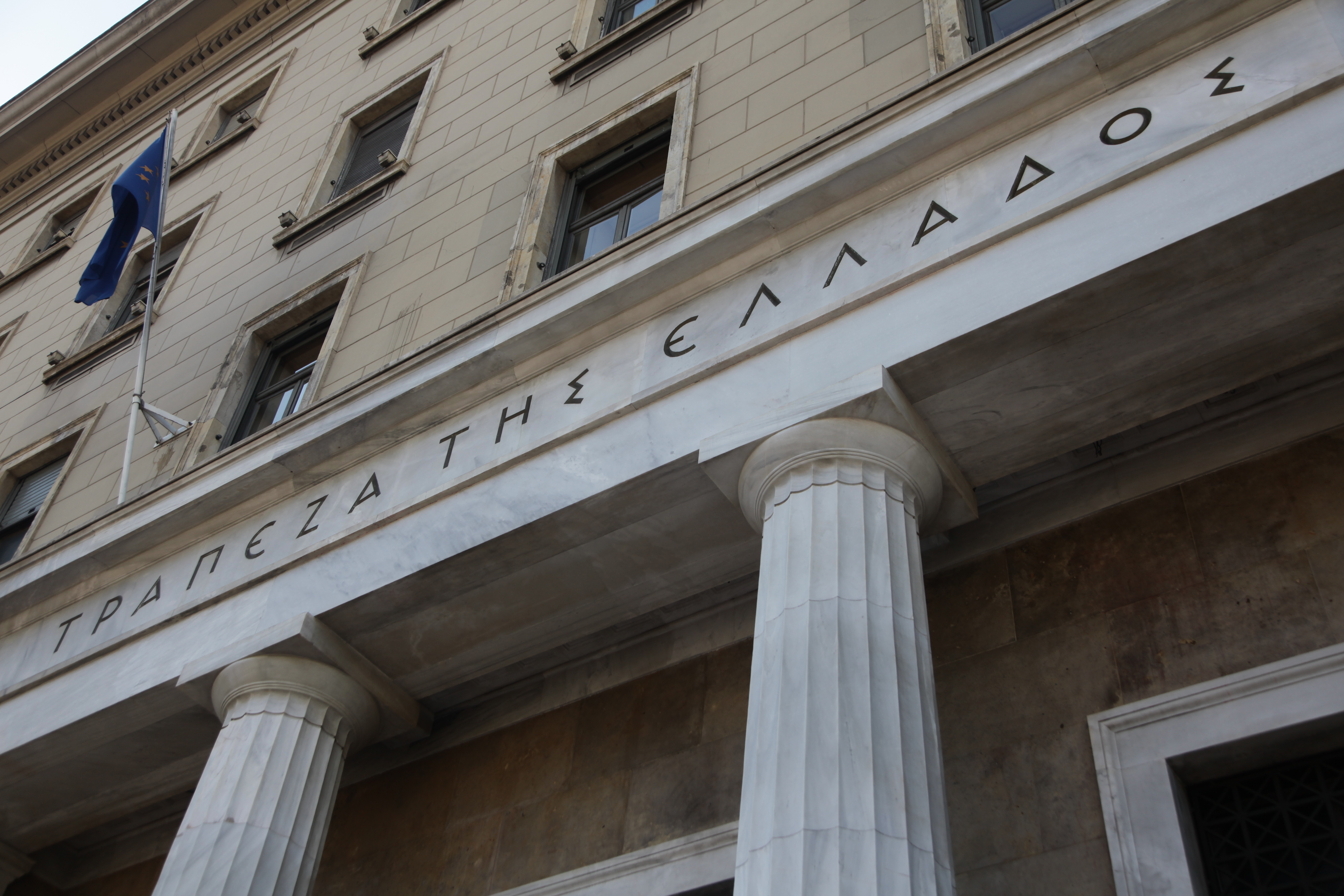Having come to power with the slogan “not a single home in the hand of bankers”, which signified opposition to any auction of foreclosed properties, ruling Syriza must now manage a gargantuan problem that threatens both the liquidity of banks and chances of real economic recovery.
Bad loans account for a whopping 47 percent of all loans issued by Greek private banks, which is the highest percentage among all European Union member-states.
In Italy, where banks have 200 billion euros in non-performing loans, that represents only 12 percent of all loans.
The average for EU countries’ banks is a mere five percent.
Equally unsettling is the level of Greek banks Non-Performing Exposures (NPEs).
The new definition of exposures is broader than that of loans, as it includes all debt instruments (loans and advances and debt securities), as well as off-balance-sheet exposures.
According to Moody’s, NPEs of Greek banks are 99.1 billion euros, which is 56 percent of GDP. That is about 800 euros less than the target that had been set for September, 2017, a fact that is considered credit positive for the banking sector.
Moody’s indicated that by the end of 2019, NPL’s will have been reduced by about 45 percent, and NPE’s will decline by approximately 35 percent.
The report indicated that Greek banks are shifting their NPL strategy, by expediting the sale of bad loans to get them off their books.
But at the same time, banks have revised their NPE projections upward, reflecting the continuing dire economic conditions. They have also adopted worse macroeconomic predictions regarding growth and available income.
Even if NPLs were reduced to 21 percent by 2019, Greece will continue to have one of the highest problem loan levels in the EU.



